What Are Topical Steroids?
Topical steroids are used to treat inflammatory skin conditions. These topical steroids are applied directly on the skin, usually through a cream or gel form, and are absorbed through the epidermis. They can help control the redness, itching, and swelling from these types of conditions by disrupting the function of certain cells in your body.
Over the past decade, topical steroid treatments have become more and more common. This is due to the rise in Eczema and Psoriasis. Topical steroid treatments are a common treatment for these skin conditions and have some strong pros and cons.
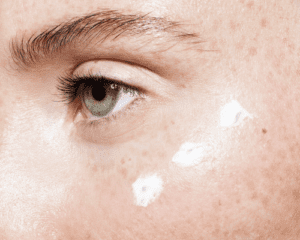
The most common topical steroids are:
- Hydrocortisone (Cortaid)
- Triamcinolone acetonide (Kenalog)
- Fluocinonide (Lidex)
How Do Topical Steroids Work?
Topical steroids work by suppressing inflammation and reducing swelling. They are somewhat effective in treating a wide range of skin conditions including eczema, psoriasis, and dermatitis.
When used correctly, topical steroids reduce the production of prostaglandins that cause inflammation. They also have anti-inflammatory properties that reduce the redness, swelling, and discomfort associated with inflammatory skin conditions.

They can be used when prescribed for short-term relief of itching, swelling, and other symptoms. Topical steroids are not good for long-term use and can cause serious side effects.
How to Use Topical Steroids Effectiveness and Safety
Topical steroids are a type of medication that is applied to the skin. They are prescribed for the treatment of inflammatory conditions such as eczema and psoriasis. It is important to apply topical steroids correctly to get the most effectiveness and safety. Always follow the guidance of a medical professional when using any type of steroid.
The cream should be applied to the affected area twice a day or as directed by your doctor. You should not use it on large areas of your body unless you have been instructed by your doctor to do so. You should wash your hands after applying it unless you have been instructed not to do so by your doctor. This steroid treatment is typically applied to the skin or scalp in a thin layer and remains on the body for about 12 hours.
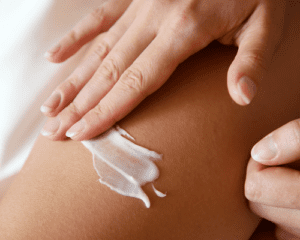
There are many types of topical steroid treatments available, but the most common are cortisone, hydrocortisone, and prednisolone.
The Side Effects of Using Topical Steroids
Topical steroids are potent drugs that can have side effects. They should not be taken for long periods of time or without the supervision of a physician. The side effects of using topical steroids may vary from person to person.
The most common side effects of topical steroids:
-
Tachyphylaxis – a decrease in response due to overuse. This can cause a tolerance to the drug, making it useless. If this happens, do not increase the dosage or apply the steroid more frequently, this will only increase the tolerance. Try talking to your doctor about taking a tolerance break instead.
-
Steroid Rosacea – prolonged topical steroid use can cause rosacea if used on the face. Attempting to lower the dose or cut back can cause rosacea and pustules.
-
Skin Atrophy – overuse of topical steroids can cause thespian to thin. When this happens, the skin can degenerate and become thin, shiny, and wrinkly.
-
Stretch Marks – overuse of topical steroids where the skin is touching the skin can cause stretch marks.
-
Alteration of infection – topical steroids change the immune system, they can destroy your skin’s ability to fight off infection.
-
Glaucoma – an eye disease in which the pressure inside the eye damages the optic nerve.
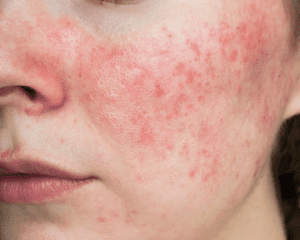
Why do People with Eczema Use Corticosteroids?
Eczema is a skin condition that causes red, itchy, and scaly patches. It can be very uncomfortable and difficult to live with, so many people turn to corticosteroids for relief.
Corticosteroids are often used as eczema treatment because they reduce inflammation and bring down the itchiness of the rash. However, they do not provide long-term relief or cure eczema. They also have side effects such as withdrawal, thinning of the skin, and increased risk of infection.
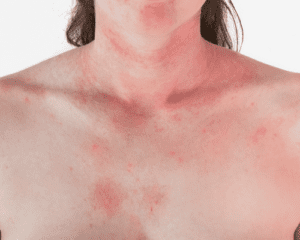
What is Topical Steroid Withdrawal?
Topical steroid withdrawal is a condition that occurs when someone who has been using topical steroids stops using them. This can happen when someone runs out of topical steroids and they do not replace them. It can also happen if they stop using the medication after having used it for a long time. The symptoms of topical steroid withdrawal can be physical, emotional, and psychological.
The physical symptoms of topical steroid use:
-
Burning skin
-
Itching skin
-
Skin rash or hives
-
Blistering or peeling skin
-
Muscle pain and weakness
-
Headaches
-
Nausea
- Loss of appetite
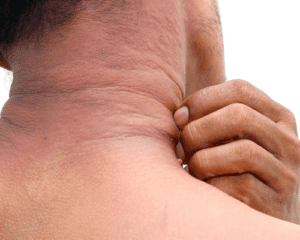
Emotional and psychological symptoms of topical steroid use:
-
Insomnia
-
Anxiety
-
Depression
-
Agitation
-
Tiredness

The most important thing to remember is that it is never too late to stop using topical steroids. Stopping the use of topical steroids will help your body recover from any side effects you might be experiencing.
Treating Topical Steroid Withdrawal
Topical steroids are used to treat a variety of skin conditions such as eczema and dermatitis. They work by reducing inflammation and itching. Topical steroids come in different strengths the stronger the topical steroid, the stronger its effect on the skin. However, prolonged use of topical steroids can lead to a condition called topical steroid withdrawal which includes erythema (redness), swelling, burning sensation, and dryness.
The best treatment options for erythema are discontinuing the use of topical steroids, using moisturizers, using non-steroid ointments, using antihistamines, and in some cases antibiotics. Always speak to your doctor before deciding to change your dosage to avoid further complications.

Waxelene’s popular Multi-Purpose Ointment is both a moisturizer and a non-steroid ointment. It is made with carefully selected organic ingredients and is designed to give you long-lasting hydration by locking in moisture and creating a protective layer while still allowing the skin to breathe.
Risks of Using Topical Steroids
Topical steroids are a very effective treatment for skin conditions like eczema and psoriasis. However, they do have side effects. One of these is that topical steroids can thin the skin and make it more susceptible to infection. It is important to use anti-inflammatories when using topical steroids to reduce this side effect.
It’s difficult to say whether topical steroid cream is the right choice for you without knowing your medical history or symptoms. If you are unsure about whether topical steroids are right for you then consult your doctor first before using them.






0 Comments